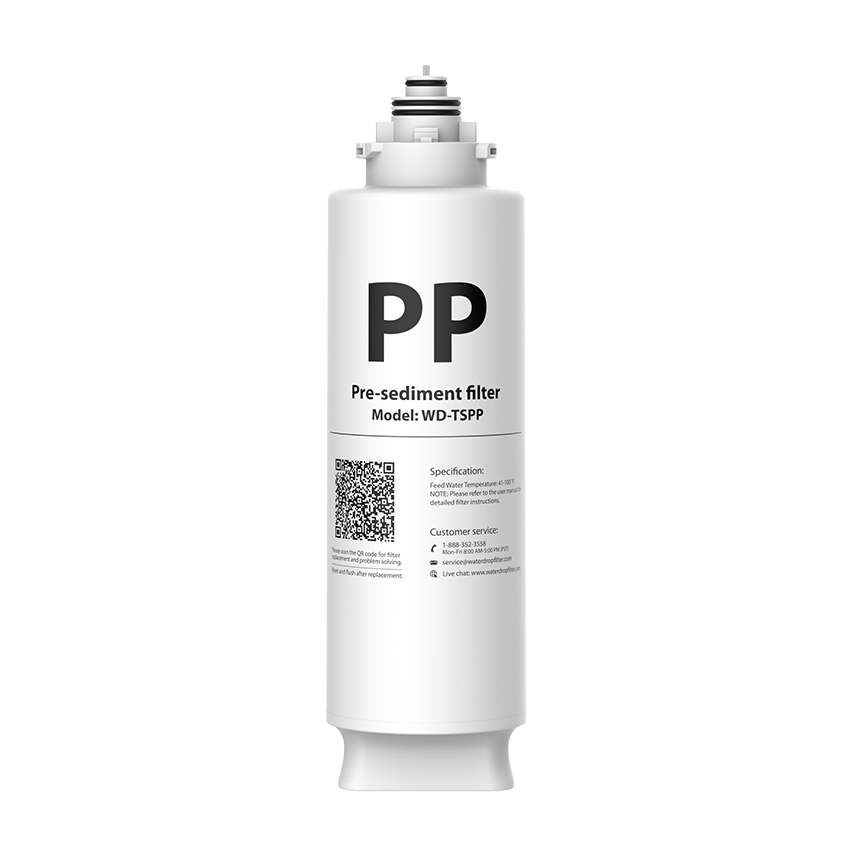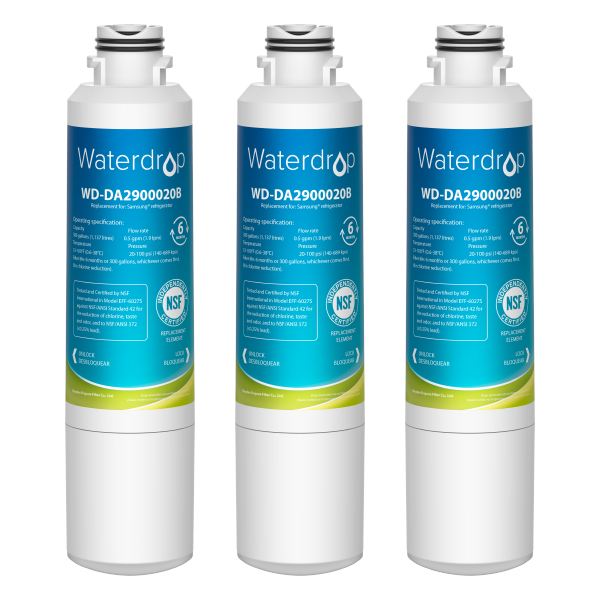What Is Artesian Water?
by Dr. Jonathan Doyle - Updated February 26, 2025
Water is essential for life, but not all water is created equal. In Australia, artesian water is a term you might have come across, particularly in discussions about bottled water, bore water, or natural springs. But what exactly is artesian water, and why is it considered one of the purest forms of water available?
In this blog, we’ll break down everything you need to know about artesian water, including its origins, benefits, and why it plays such an important role in Australia’s water supply. Whether you’re a water enthusiast, an eco-conscious consumer, or simply curious about where your drinking water comes from, this guide is for you.
What Is Artesian Water?
Artesian water is groundwater that comes from an underground aquifer—a confined layer of rock or sediment that holds water under pressure. Unlike ordinary groundwater that requires pumping, artesian water rises naturally to the surface when tapped, thanks to the natural pressure within the aquifer.
This process makes artesian water one of the most pristine water sources, as it is naturally filtered through layers of rock, removing many impurities before it reaches the surface.

How Is Artesian Water Different from Other Water Sources?
To better understand artesian water, let’s compare it to other common water types:
- Tap Water: Treated municipal water sourced from reservoirs, rivers, or groundwater. Often contains chlorine and fluoride.
- Spring Water: Comes from underground sources but reaches the surface without artificial assistance. It may or may not be under pressure.
- Bore Water: Groundwater extracted by drilling, often requiring pumps to bring it to the surface. Quality depends on location and depth.
- Artesian Water: Water trapped under pressure in an aquifer, naturally rising to the surface when tapped. Considered one of the purest water sources.
Where Does Artesian Water Come From in Australia?
Australia is home to one of the largest artesian water sources in the world— the Great Artesian Basin (GAB) . Spanning over 1.7 million square kilometres, this massive underground reservoir stretches across Queensland, New South Wales, South Australia, and the Northern Territory.
The water in the Great Artesian Basin is ancient, some of it dating back thousands to even millions of years! It has been slowly filtered through layers of sandstone, making it naturally rich in minerals and free from surface contaminants.
How Is Artesian Water Accessed?
To access artesian water, bores (wells) are drilled into the aquifer, allowing water to flow up naturally due to the underground pressure. Some artesian wells flow freely, while others require controlled extraction to maintain pressure and sustainability.

The Benefits of Artesian Water
Naturally Filtered and Pure
Because artesian water has been underground for centuries, it has undergone natural filtration through rock layers, removing impurities and contaminants. This makes it one of the cleanest sources of drinking water available.
Rich in Essential Minerals
Artesian water contains beneficial minerals such as:
- Calcium: Supports strong bones and teeth.
- Magnesium: Aids in muscle function and relaxation.
- Potassium: Essential for heart health and hydration.
No Need for Artificial Treatment
Unlike tap water, which is treated with chemicals like chlorine and fluoride, artesian water is often bottled straight from the source with minimal processing. This appeals to those who prefer a more natural alternative to regular drinking water.
Sustainable When Managed Properly
When extracted responsibly, artesian water is a renewable resource. However, over-extraction can lead to pressure loss within the aquifer, making sustainable water management crucial. Many Australian communities and water companies work to ensure artesian water is used efficiently.

Is Artesian Water Safe to Drink?
In most cases, yes, artesian water is safe to drink, especially when sourced from deep, well-protected aquifers like the Great Artesian Basin. However, there are some factors to consider:
- Mineral Content: Some artesian water may have high levels of dissolved minerals, which can affect taste and suitability for those with certain health conditions.
- Salinity Levels: In some areas, artesian water can be slightly saline, making it unsuitable for direct consumption. Testing and treatment may be required.
- Bacterial Contamination: While deep artesian sources are generally free from bacteria, shallow bores may be at risk of contamination. Regular testing ensures safety.
If you’re buying bottled artesian water, always check for certifications and testing standards to ensure quality.
Artesian Water in Australian Culture and Industry
Indigenous Connection
For thousands of years, Indigenous Australians have relied on artesian springs as a vital water source in arid regions. Many natural springs connected to the Great Artesian Basin are considered sacred sites.
Agriculture and Farming
Many rural communities depend on artesian water for livestock and irrigation, especially in drought-prone regions where surface water is scarce. Proper water management is essential to maintain long-term sustainability.

Bottled Water Industry
In Australia, several bottled water brands use artesian water, marketing it as a premium, naturally pure alternative to regular bottled water. Brands such as Fiji Water and Australian Artesian Water highlight the mineral-rich composition and untouched quality of artesian water.
The Future of Artesian Water in Australia
Sustainability Concerns
While artesian water is a valuable resource, over-extraction and climate change pose challenges. If too much water is withdrawn, it can reduce the natural pressure, making it harder to access in the future.
Government Regulations
The Australian government and water authorities have implemented strict regulations to manage artesian water extraction. Initiatives like the Great Artesian Basin Sustainability Initiative (GABSI) help maintain the balance between water use and conservation.
Eco-Friendly Choices
If you’re an environmentally conscious consumer, consider supporting brands and initiatives that focus on sustainable artesian water use. Opting for local artesian water over imported bottled water can also reduce your carbon footprint.

Final Thoughts
Artesian water is one of Australia’s most precious natural resources, providing clean, mineral-rich water for drinking, agriculture, and industry. Thanks to its natural filtration and underground protection, it is often considered superior to other water sources.
However, responsible management is key to ensuring that artesian water remains available for future generations. Whether you’re buying bottled artesian water or relying on it for farming, choosing sustainable water sources helps protect this vital resource.
If you’re keen to experience artesian water firsthand, consider visiting one of Australia’s many natural artesian springs—some even offer thermal pools for a unique and relaxing experience!
Contaminants Detected in Fruitland Water Special Service District
30
Contaminants
EXCEED EWG HEALTH GUIDELINES
EXCEED EWG HEALTH GUIDELINES
30 Total Contaminants in Your Water
Water Provider
Fruitland Water Special Service DistrictPopulation Affected
120,000Water Source
Ground waterExceeds Guidelines
Others Detected









